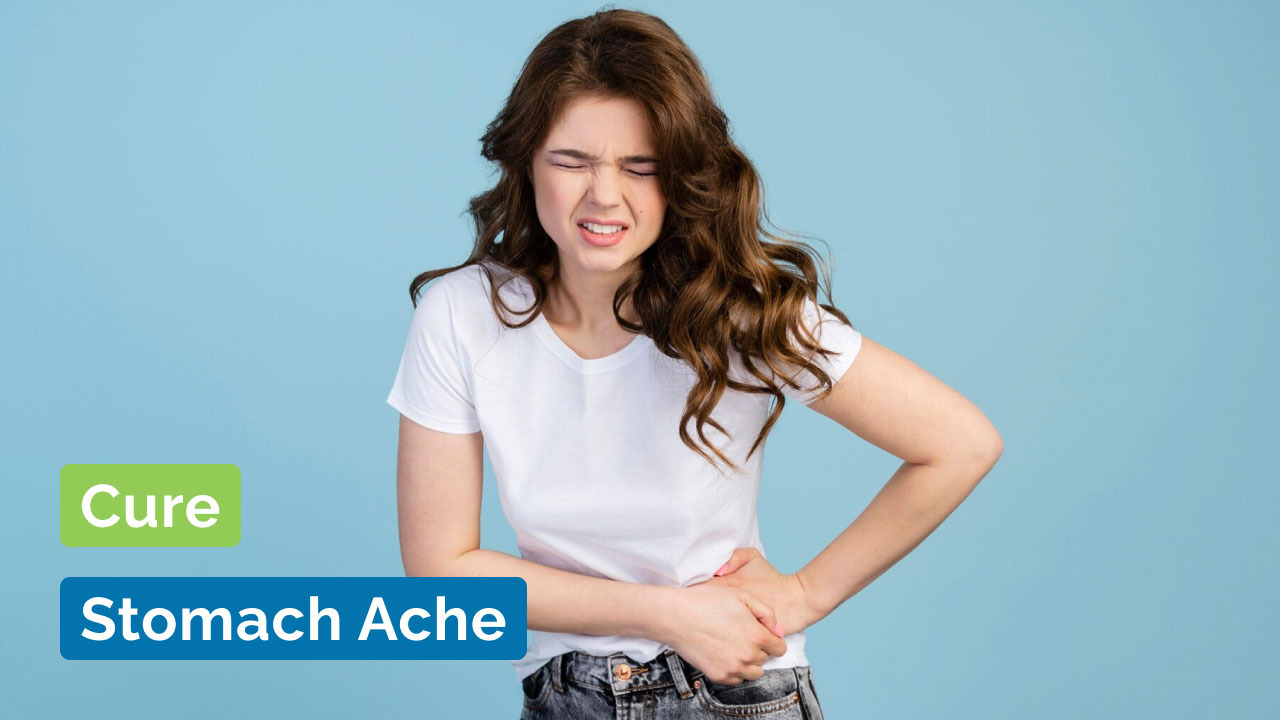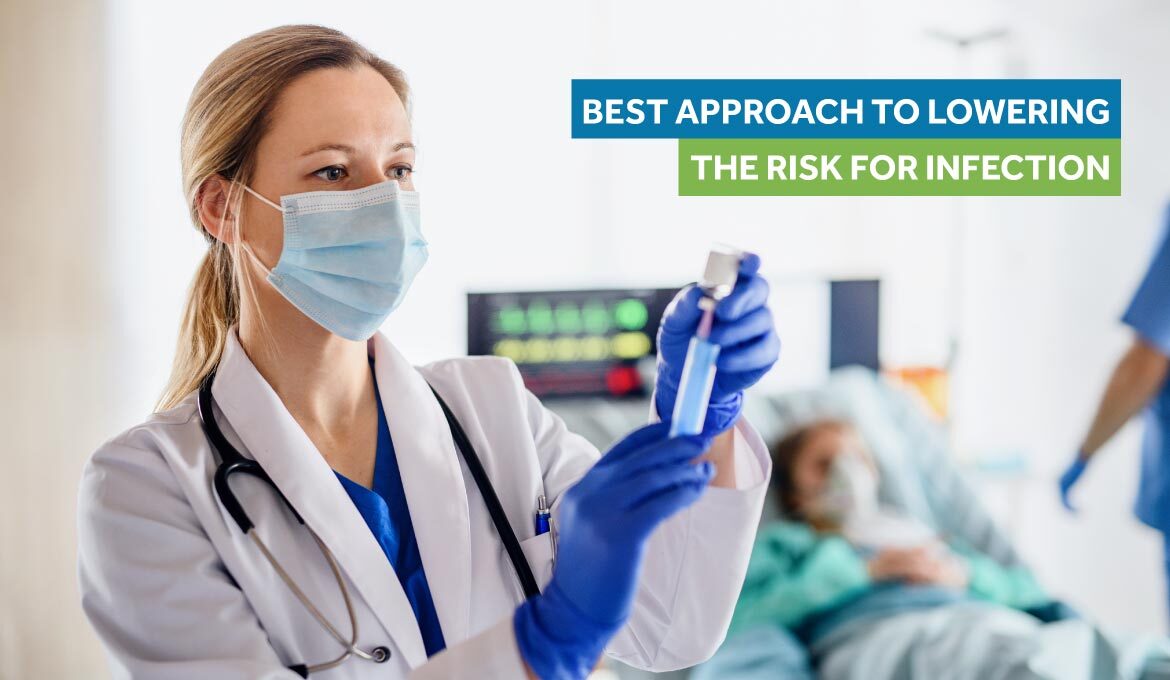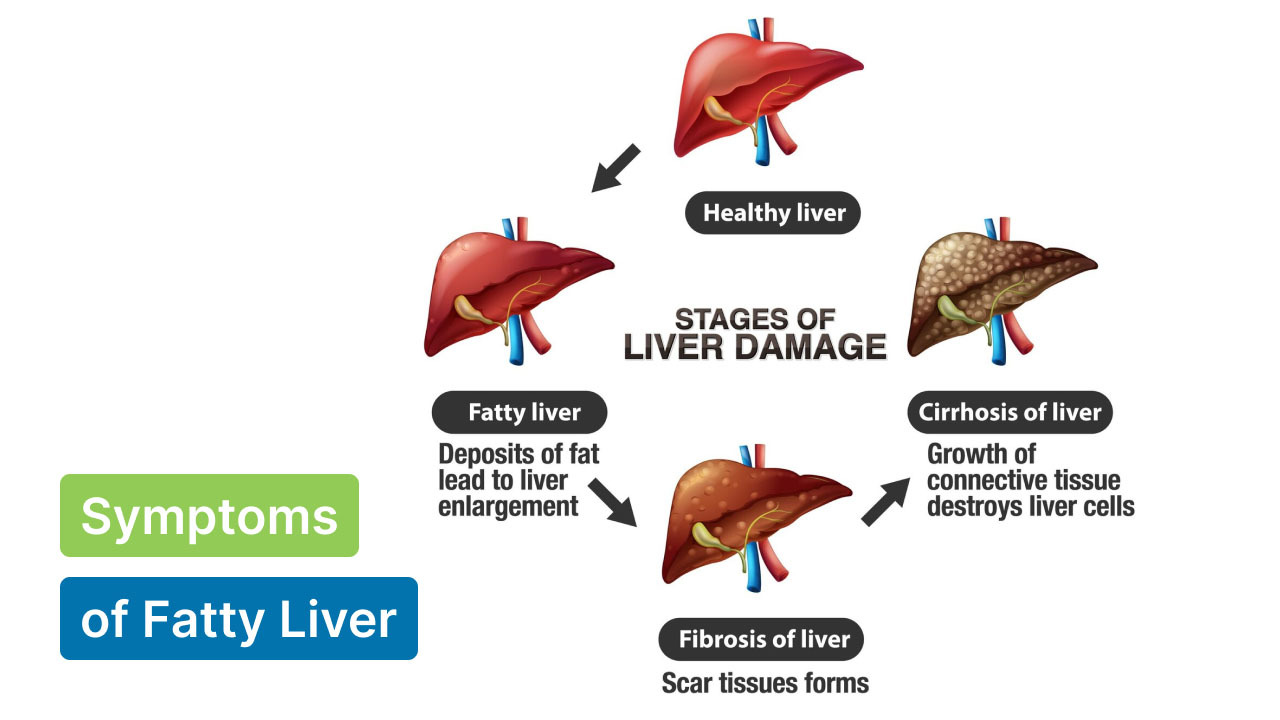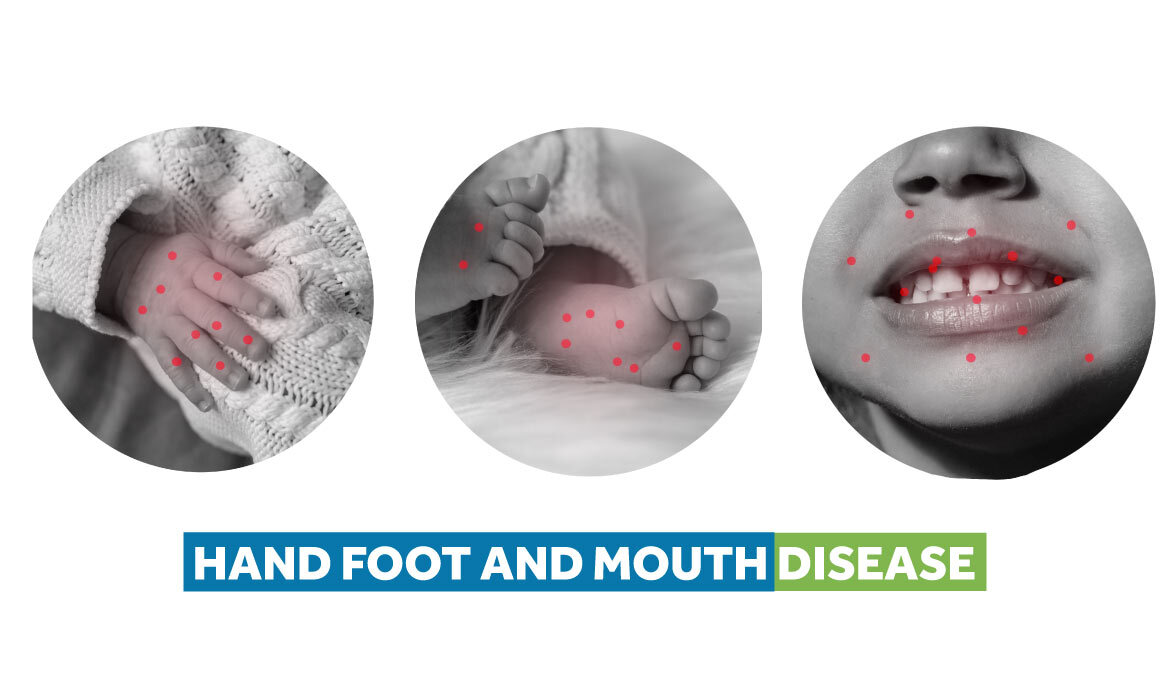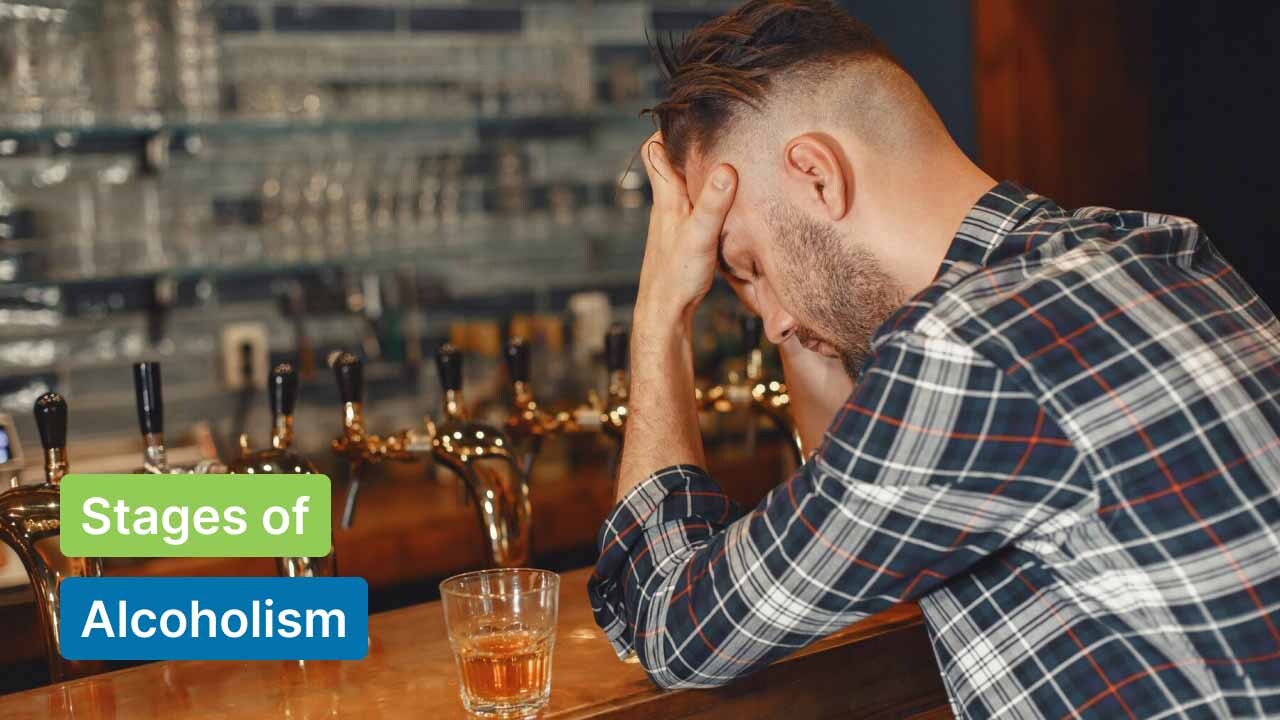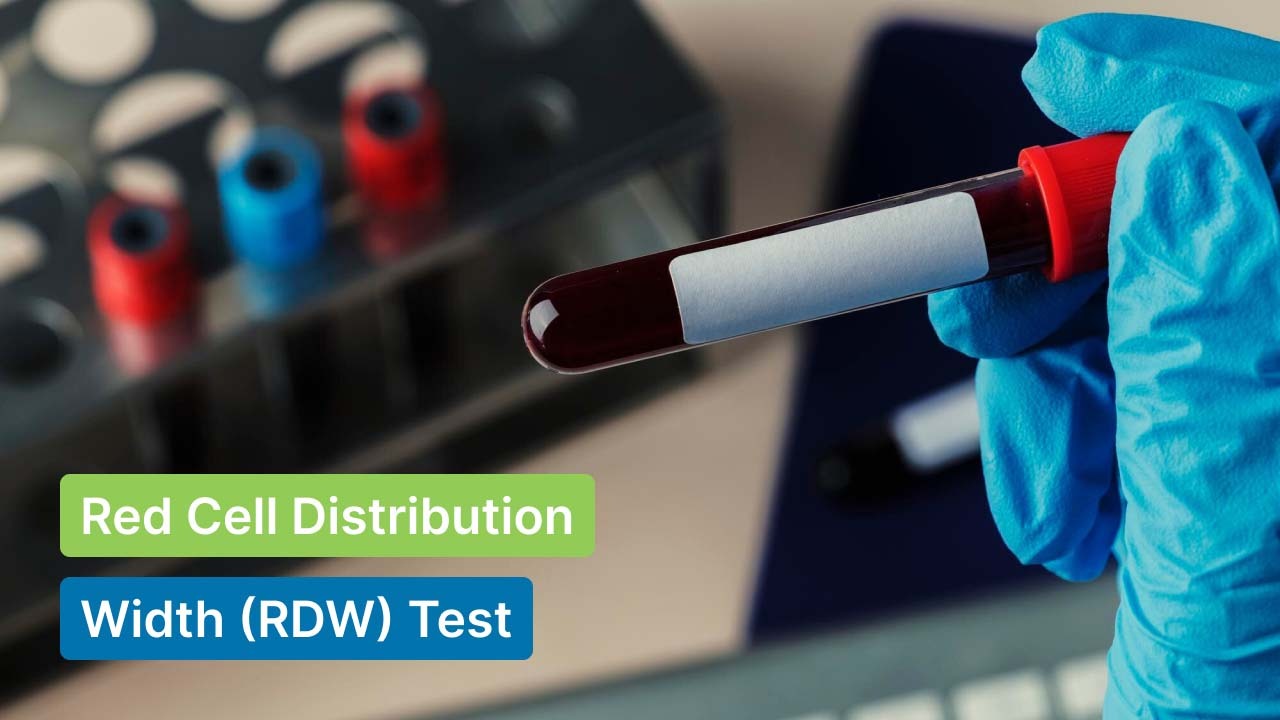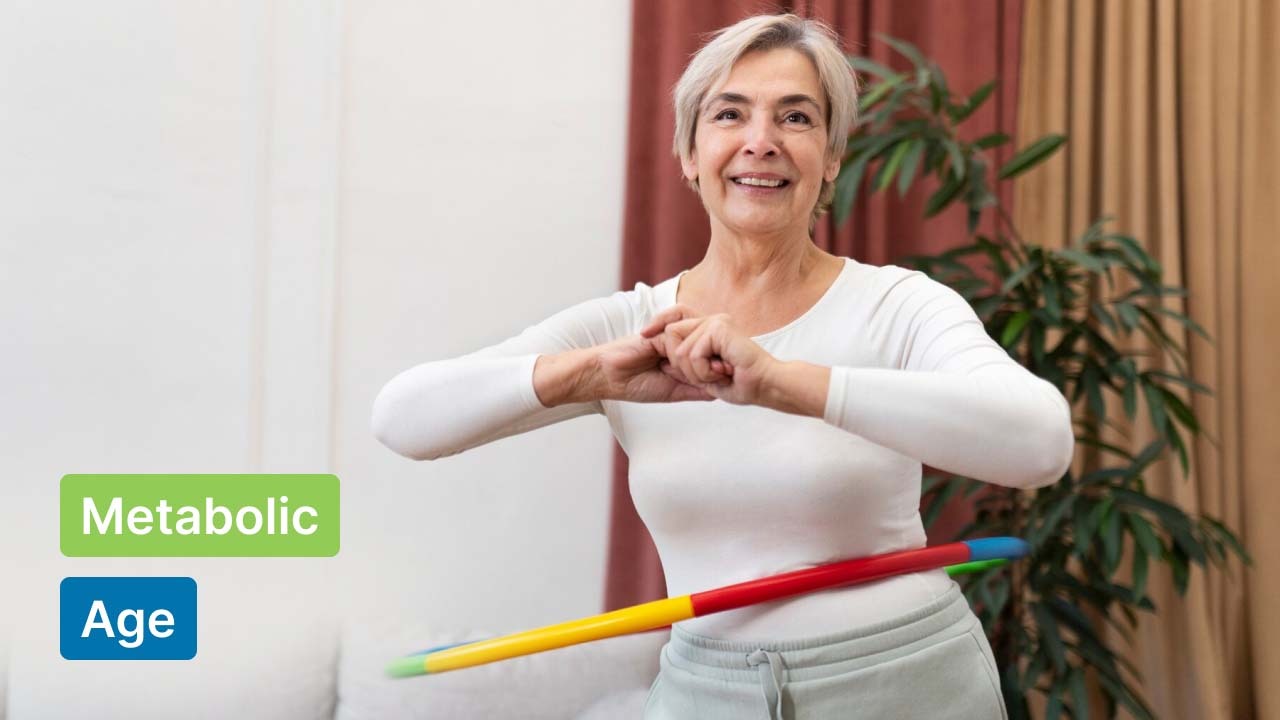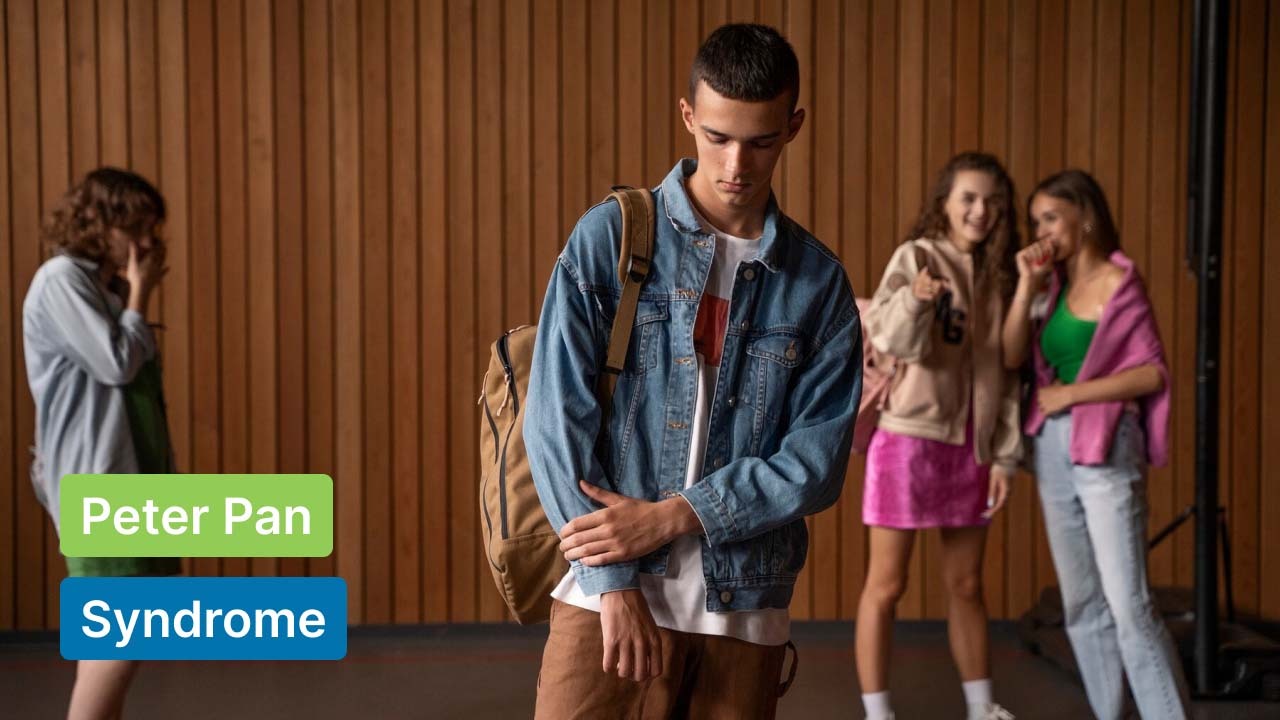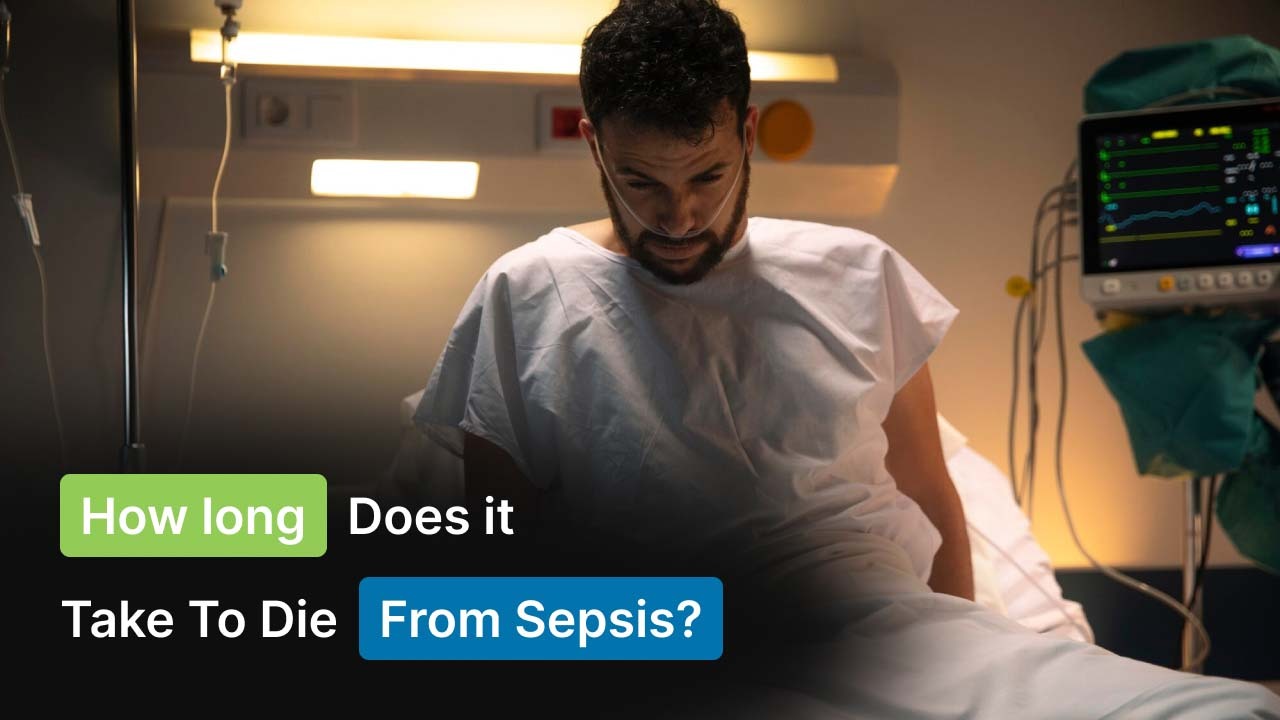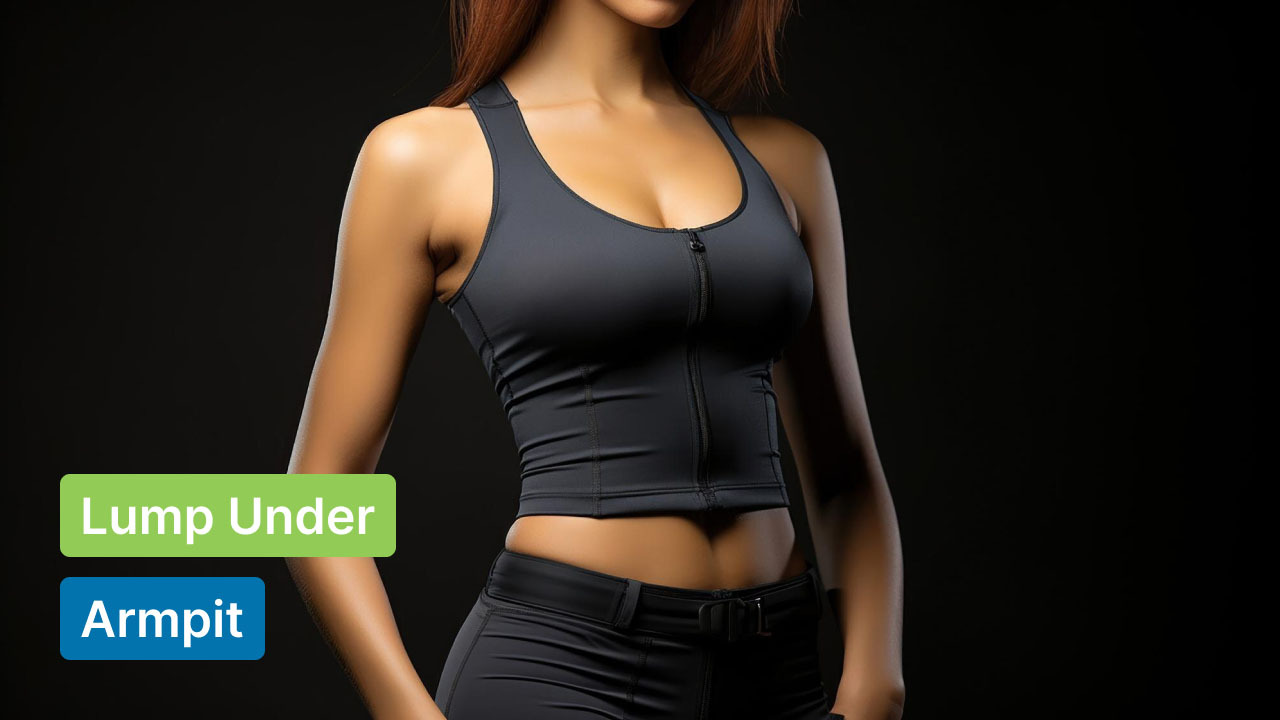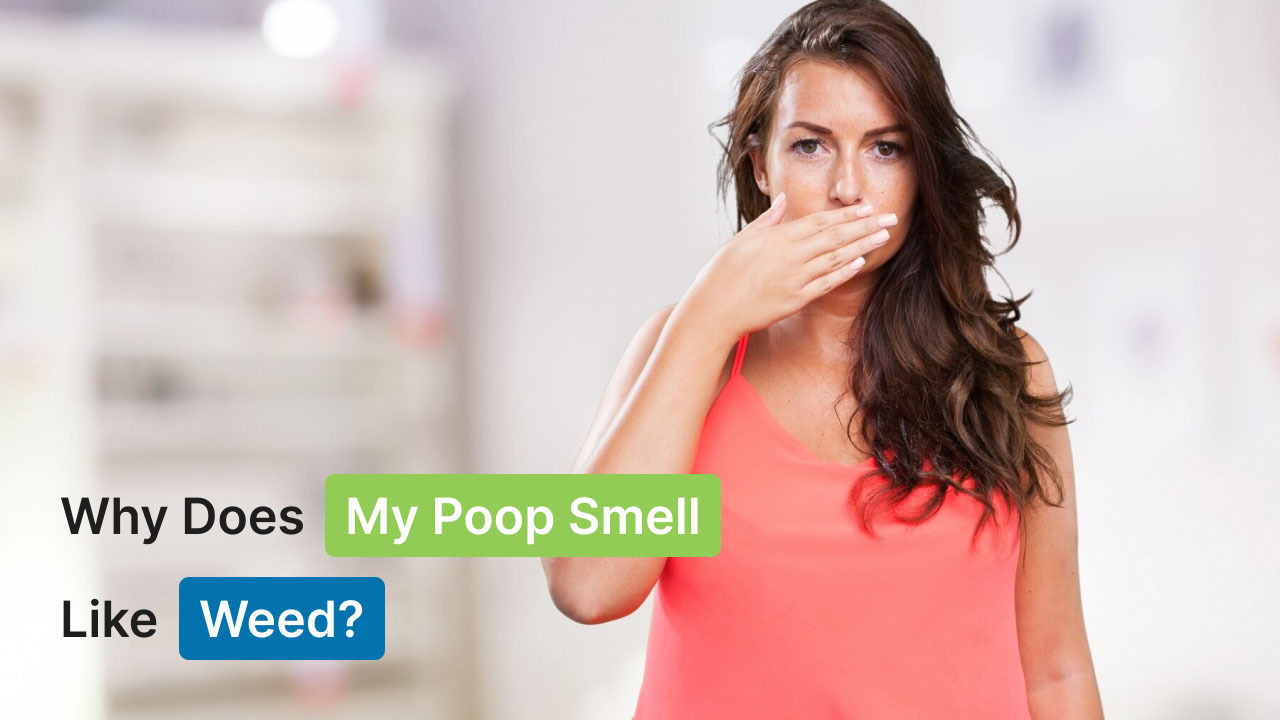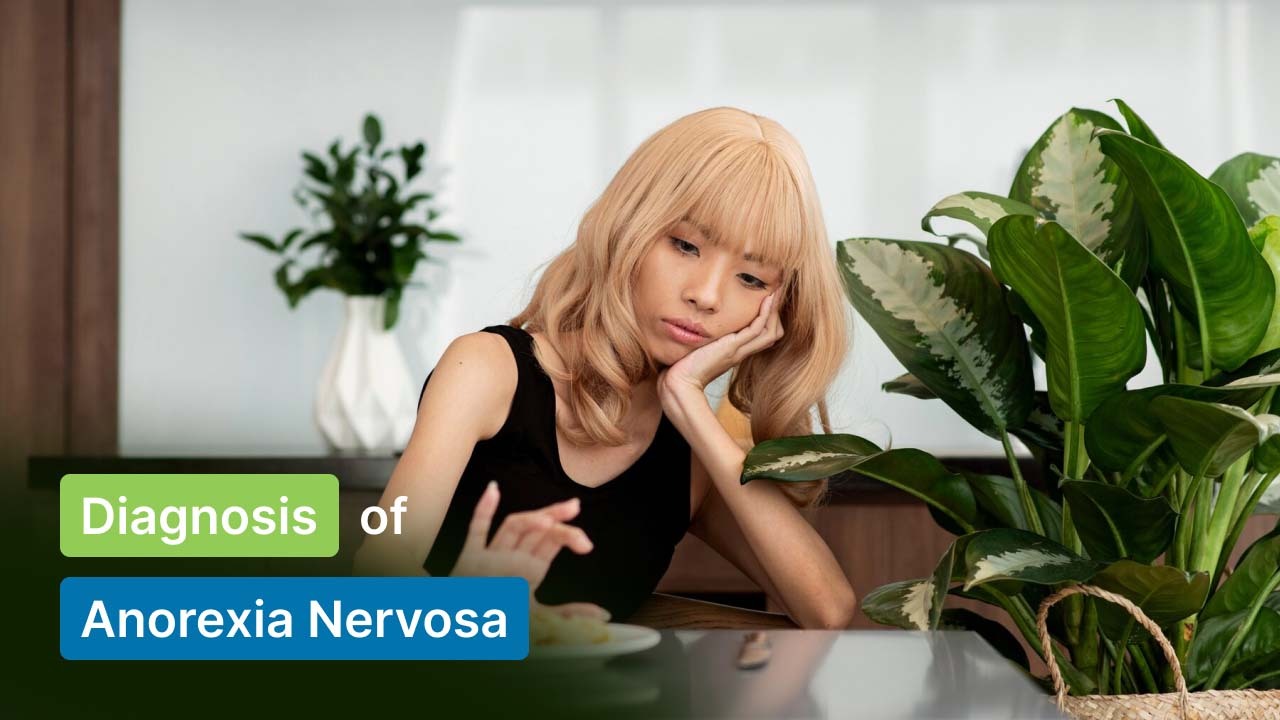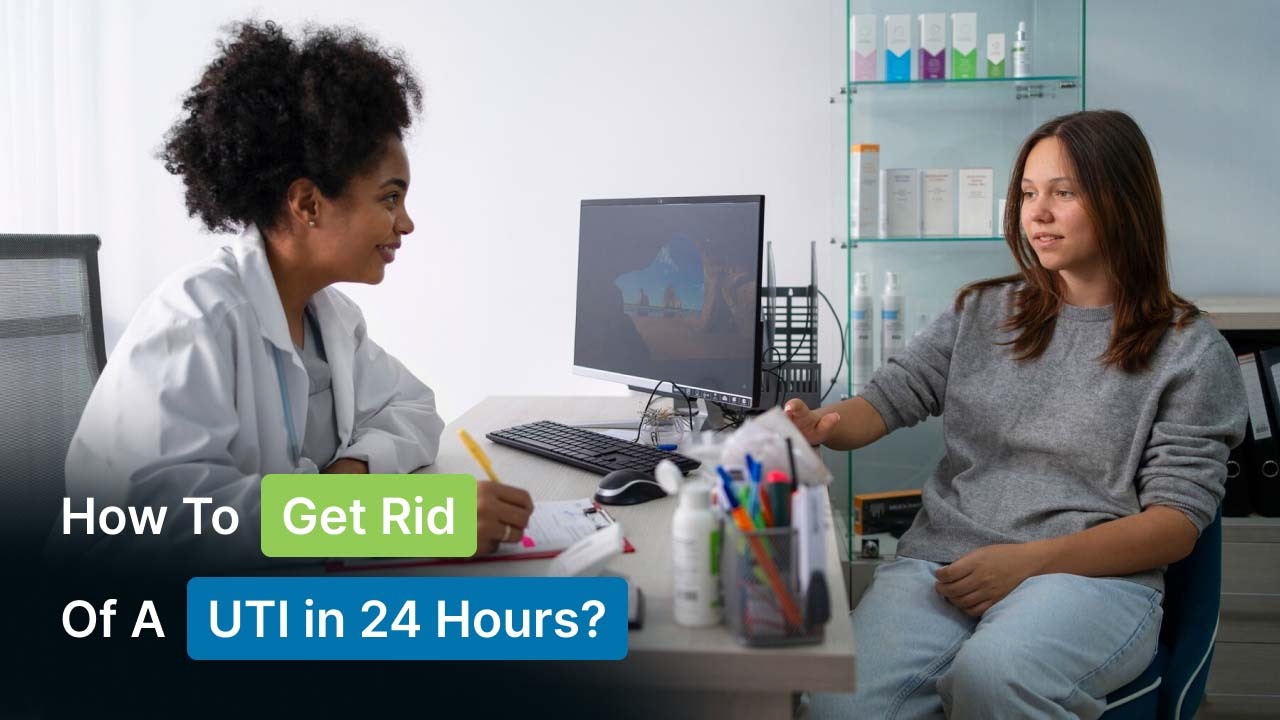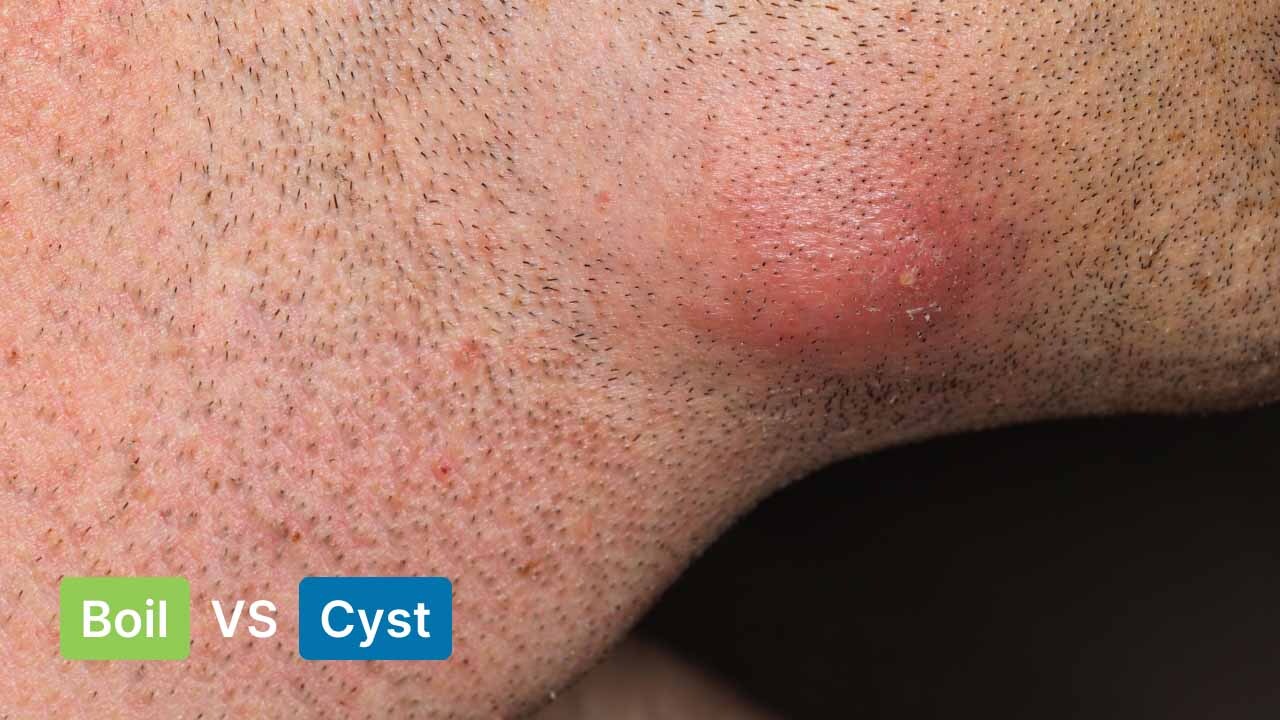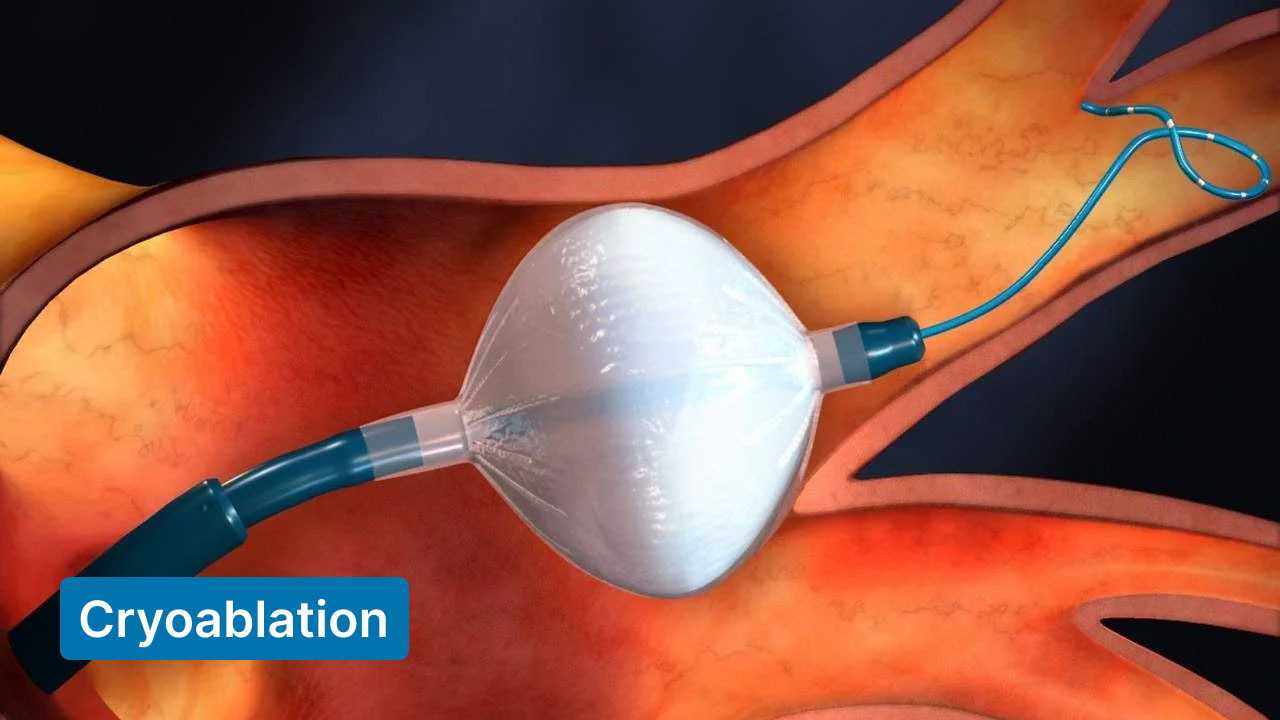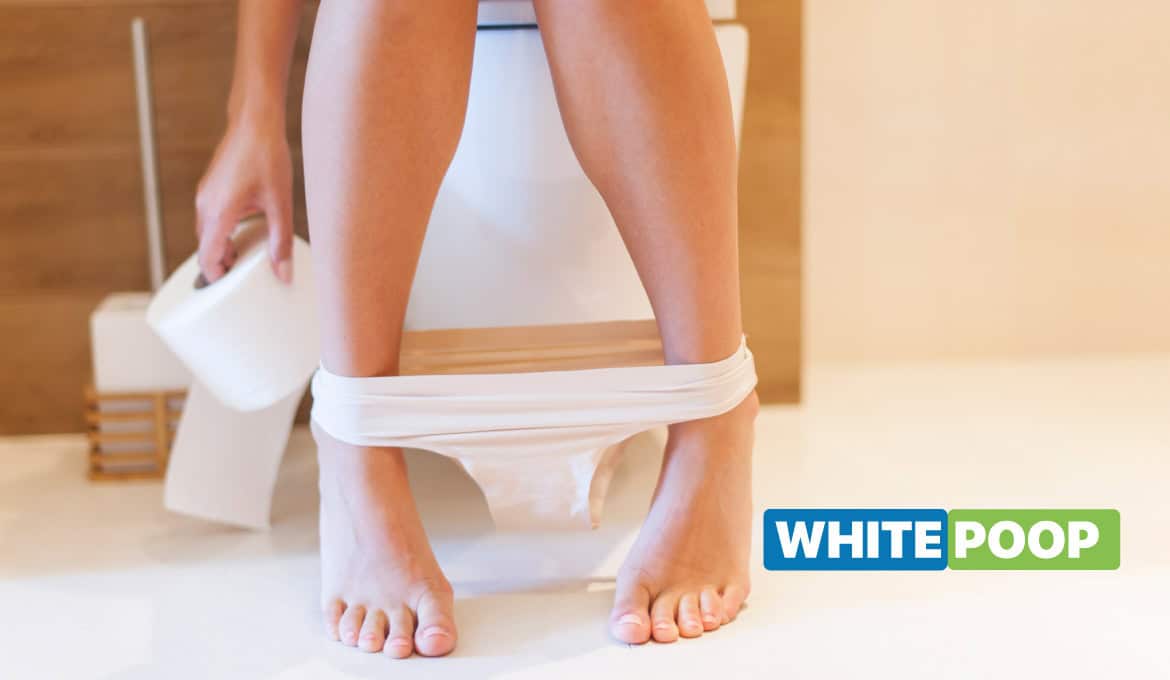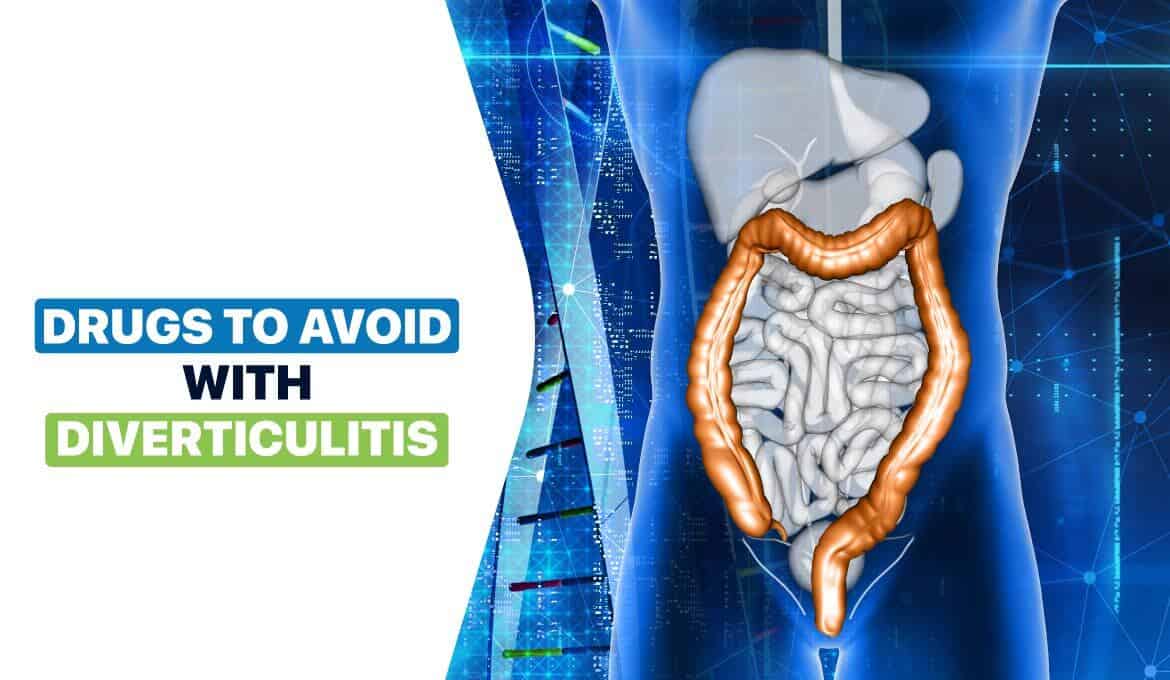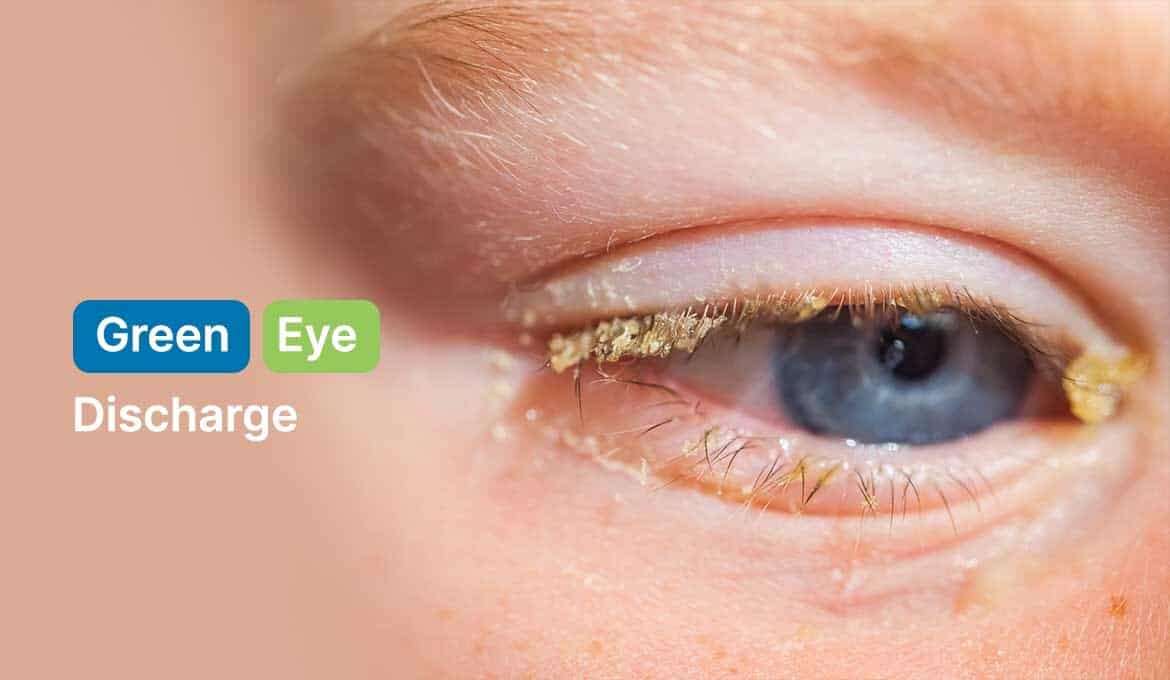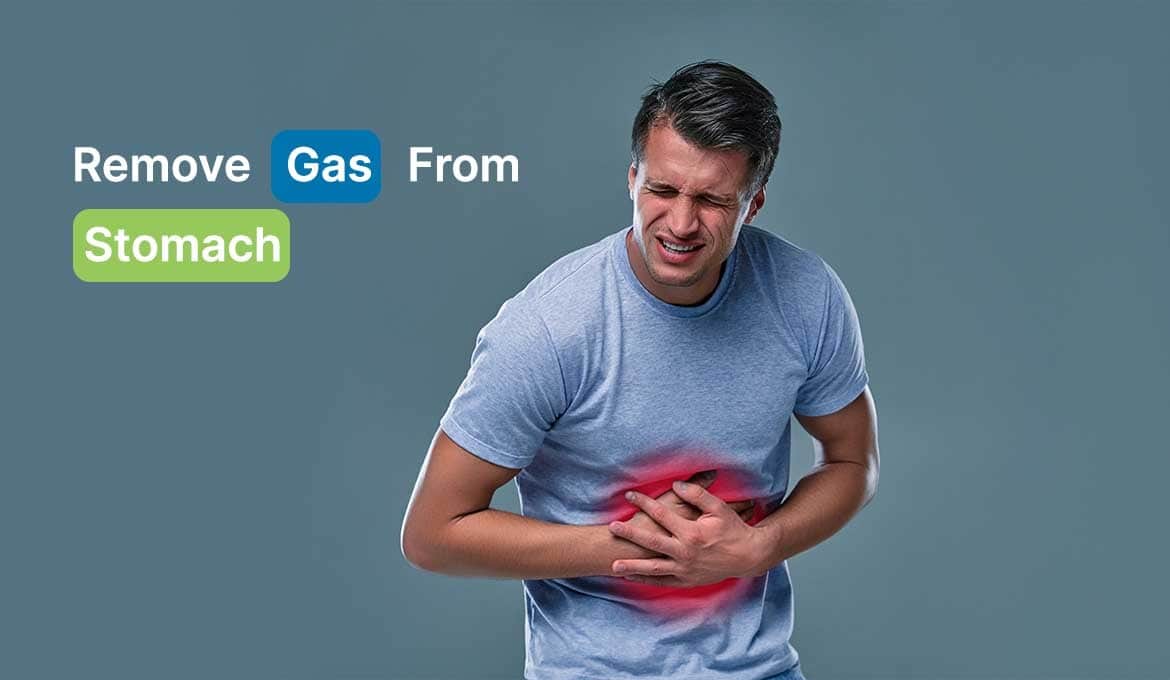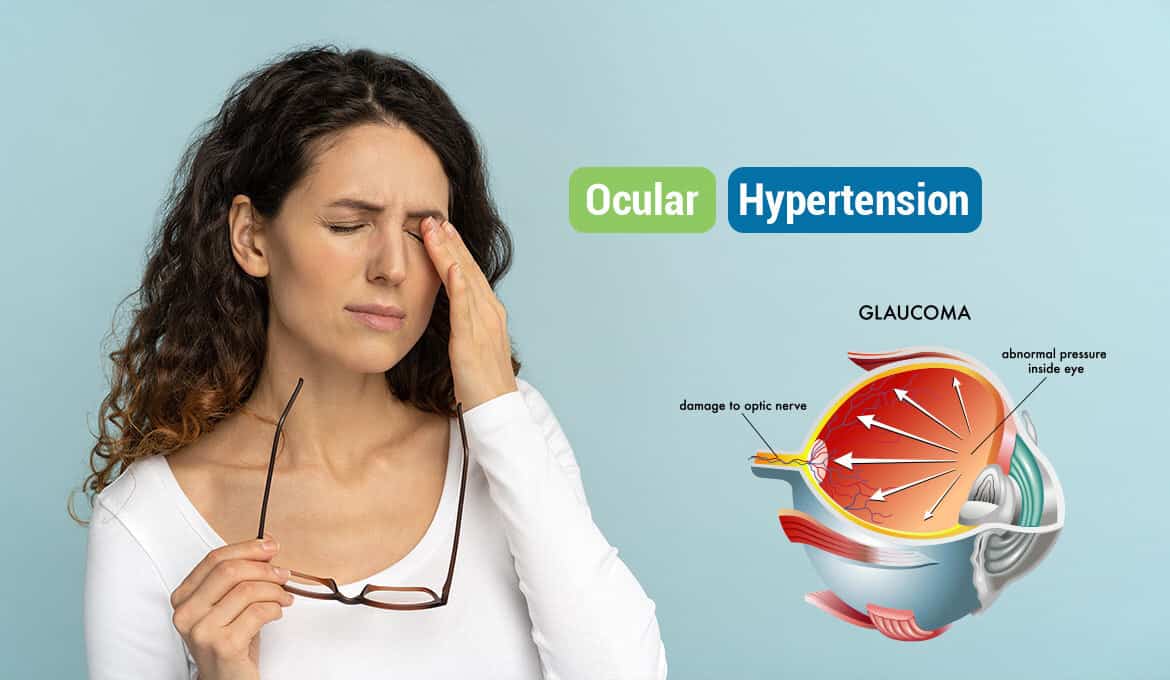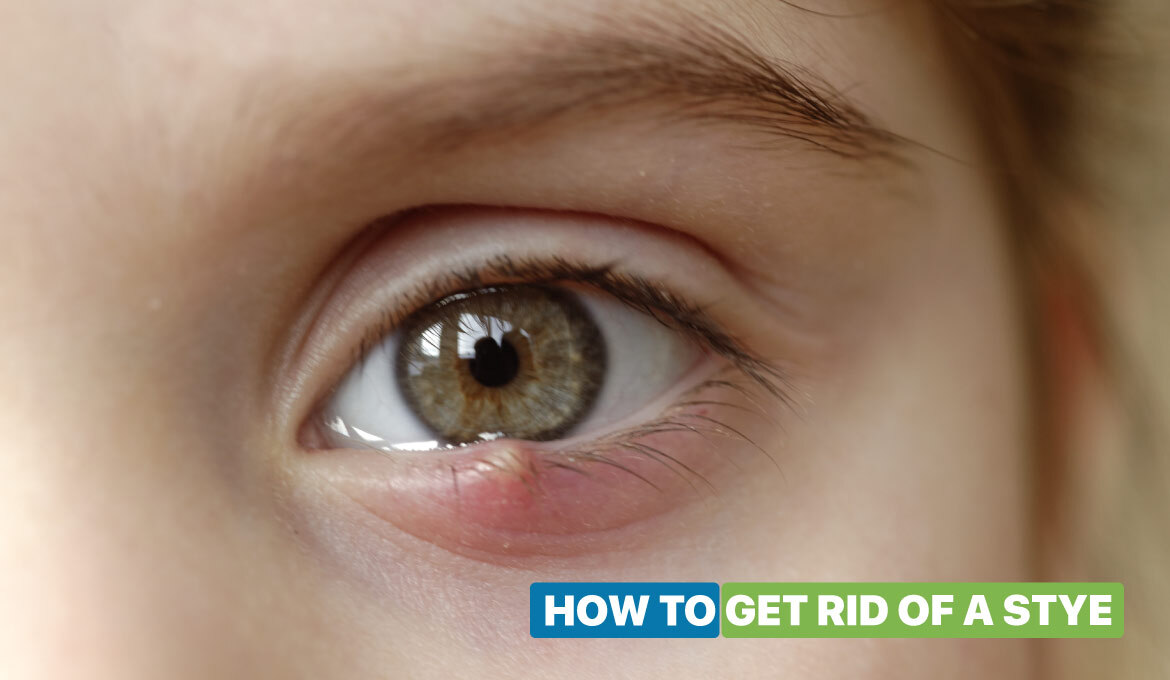
Waking up with a painful red bump on your eyelid can be pretty infuriating. Yes, we’re talking about stye. So, if you’re wondering how to get rid of a stye in your eye, we’ve got you covered.
A stye is a tiny red bump that appears on the lower or upper eyelids. They are barely a sign of anything serious but can be painful and annoying until they completely heal.
The good news is most styes clear up with simple treatment within a week or longer. Several home remedies and OTC medications can help resolve it faster and keep your pain in check.
Continue reading as we go into how to get rid of a stye using home remedies. We’ll also explore a few medical treatments to treat a stye.
What is a Stye?
A stye, medically known as hordeolum, is a small pus-filled lump or pimple on the eyelid. It’s an infection that is caused by a clogged oil gland at the edge of your eyelid. Also spelled as “sty,” they appear as a red swollen bump and are usually tender to the touch.
But how is it developed? We all have tiny oil glands in our eyelids. These oil-producing glands keep our eyes, eyelashes, and skin moist. When one of these glands becomes clogged with dirt or dead skin cells, it becomes prone to a bacterial infection.
The majority of styes are caused by Staphylococcus aureus bacteria, which is present on human skin and nose. When the bacteria enter the clogged oil gland or hair follicles, they multiply, triggering an immune response that leads to inflammation of the eyelids.
Eventually, as a result of this infection, your eyelid becomes red and swollen. Cysts, xanthelasma, and papillomas are other common bumps that appear on eyelids, and some people confuse them with a stye.
Types of a stye –
Generally, there are two types of styes:
i) Internal stye –
As explained, our eyes are filled with small glands that release oil, which mixes with water and mucus to form tears that keep our eyes moist.
When one of these oil glands becomes blocked with dirt or oil, bacteria begin to grow inside it, causing an infection. This sort of stye may develop on the inner of the lower or upper eyelid.
ii) External stye –
As with the rest of your hair, your eyelashes grow from hair follicles. Each hair follicle is bound to two types of oil-producing glands, which keep your eyelashes moist.
These glands get clogged with dirt and debris in the same way that other oil glands do. When this occurs, an external stye may develop on the edge of your lower or upper eyelids.
Symptoms and Signs of a Stye
Along with red, inflamed bumps, other signs of a stye include:
- High sensitivity to light
- Mild pain in the eyelid
- Tenderness of the eyelid
- Eye discomfort or irritation, especially when you blink
- A scratchy and gritty sensation in your eye
- Teary or watery eyes.
Risk factors of Styes
Styes are commonly associated with poor hygiene, using expired makeup, and contact lenses. However, those with certain conditions are at high risk of developing a style.
A person is more likely to get stye if they:
- had a stye before.
- are dealing with skin conditions like eczema or rosacea.
- have diabetes.
- have dandruff.
- are suffering from a similar condition called Blepharitis.
- have high cholesterol levels.
How Long Does Stye Last?
In many cases, a stye may last between 7 to 10 days or longer and typically go away on its own. However, some styes could be severe enough and difficult to treat. In such cases, you should immediately make an appointment with your doctor and seek medical treatment.
Note: Never try to squeeze or pop a stye, as it can worsen your condition by spreading bacteria to other parts of the face. Let’s go back to the real question.
How To Get Rid Of A Stye? – Home Remedies
While styes are normal and tend to go away on their own, you should know how to treat them well. This is because if left untreated, the infection may spread all over the eyelid surface and lead to a serious condition called periorbital cellulitis. Untreated stye can also potentially cause chalazion.
If you’re bothered by that annoying bump and want to cure it, here are some of the home remedies you can try:
i) Apply a warm compress.
A warm compress is one of the best home treatments for stye. They help open the glands, and your stye can drain on its own without causing any damage. They also aid in blood circulation and promote drainage.
All you need to do is soak a clean cotton washcloth in warm water. Make sure the water is not too hot, as it can damage your eyelids. Place and keep it on your affected eye for 10-15 minutes for the best results. Do this 3-4 times every day.
You can also fold a damp washcloth and microwave it for 10-20 seconds only. The warmth will encourage the pus to the surface of the stye and dissolve the oil within it. Doing this daily for several days can definitely get rid of your stye in the easiest way possible.
ii) Try a warm tea bag compress.
Instead of using a warm compress, you can also use green/black tea bags. Green tea has antibacterial properties and can reduce inflammation if you apply it on your stye.
Soak a bag of green tea in boiling water for five minutes. Remove and let it cool down for a bit until it feels comfortable on your skin. Hold it against the affected eye for up to ten minutes.
Use this method every day until it heals. Apart from green tea, you can prefer black tea if you wish to, as they are known for its anti-inflammatory properties.
iii) Use baby shampoo or mild soap to wash.
Keeping your delicate eyes clean is also important. Even though you can find OTC solutions to clean your eyes, you can just use baby shampoo or mild soap.
This natural soap is so safe to use that it won’t even cause any irritation or burning if it gets into your eye.
To use this method, dilute a few drops of baby shampoo. Now gently brush the solution onto your stye using a clean cotton swab or makeup remover pad. Then rinse your eyelids with lukewarm water and lightly pat them dry.
You can also use the mild natural soap and saline solution in a similar way.
iv) Say no to makeup for a few days.
It’s best not to wear any makeup to avoid further irritation and discomfort. This is because the cosmetics from your brush and tools may irritate the area surrounding the eyelids and make your stye worse.
After all, your eyes are sensitive and should be taken care of. So avoid using makeup products, especially mascara, eyeliners, eye shadows, and even makeup brushes.
v) Ditch your contact lenses, too.
Yes, contact lenses don’t cause any stye, but they are considered possible irritants to the eye area. They can be easily contaminated with bacteria associated with them. As it’s obvious, they can also “bum” or rub the stye, causing further irritations.
So it’s best to avoid wearing contact lenses until your stye has healed. Meanwhile, you can wear glasses to allow the area to breathe and prevent the spreading of bacteria.
vi) Avoid rubbing, popping, or touching your eyelids.
Even though it’s not a remedy, it’s advised not to touch or rub your eyes when you have a stye. This is because rubbing the area may cause the inflammation to worsen. What’s more, it may introduce more bacteria and dirt.
So, if you want to touch the area around your stye, make sure to wash your hands thoroughly to prevent the spread of bacteria. You can only touch your eyes when cleaning the area or applying ointment.
Note: Never poke, pop, or pick your stye, as it can worsen the infection. When you pop a stye, you are also opening it up to be exposed to other bacteria and contaminants, and the small wound you create can leave a pigmented or a hole-like scar.
If you pop it, there is a risk of pushing any infected contents into your eye socket, intensifying the infection. Moreover, it can lead to further irritation or possibly impair your vision. Styes should be drained only by a healthcare professional.
vii) Use OTC painkillers.
Aside from using ointments, an OTC pain reliever can also alleviate the symptoms of the irritation and inflammation associated with a stye. Ibuprofen, being an NSAID drug, can effectively minimize both pain and swelling.
Popular painkillers like ibuprofen and acetaminophen may provide comfort, particularly when combined with the home treatments for styes listed above.
If you follow the above home remedies for 4-5 days, you’ll notice your stye may pop on its own. If it breaks, apply the warm compress again to drain the rest of the pus and clean the area gently. You may experience itching throughout the healing process but don’t scratch it.
How is a Stye Treated? – Clinical Treatment
Some styes are severe and stubborn and do not go away even with at-home remedies. In such cases, medical intervention is needed. So contact a healthcare professional right away.
Once the healthcare provider examines your eyes, they may recommend one or two of the following treatment options to heal your stye.
(a) Antibiotics –
As you may know, antibiotics are meds that kill specific bacteria. Here, antibiotics may kill the bacteria that are causing stye and prevent their growth in your eyelids.
Most of the time, doctors prescribe antibiotics in the form of eye creams or eye drops. In rare cases, oral or intravenous antibiotics may be advised when lumps are severe and cause a systemic infection such as Blepharitis.
(b) Steroids –
Another medical method is using steroids, which may help your body heal itself more quickly. A healthcare provider may inject a steroid into the stye to relieve pain and speed up the healing.
In addition, steroids in the form of topical creams and eye drops are also available to treat styes. However, make sure to discuss this with your doctor before trying any form of steroid.
If neither of these works or the stye converts into chalazion, stye surgery may be necessary.
(c) Minor Stye surgery –
Usually, stye surgery is the last resort and is advised only if other methods, including OTC medication, fail.
Stye surgery is a minimally invasive procedure that is performed at a clinic. First, the healthcare practitioner will administer local anesthesia to your eyes. Don’t worry, they won’t inject in your eyes. They come in the form of numbing eye drops.
Next, they use a small surgical clamp, which provides convenient access to the stye. Once it has been drained, they may use a curette to scrape away the contents within the lump. The process is repeated until there’s nothing left to clear.
Then, they may check your wound to see if any remaining tissues are damaged until the wound is free of stye. Following this, they will take off the clamp and apply pressure over the area to prevent bleeding. Antibiotic ointments are then applied to the affected eye to heal faster.
You may feel some soreness and pain in your eyelids, but this will pass within a couple of days. Follow the instructions your doctor gives you to ensure faster recovery.
When To See A Doctor?
Usually, it takes around 7 to 10 days for stye to heal completely. If the pain in your stye persists, gets intense for more than a week, or keeps recurring, immediate medical attention is required.
Contact your doctor if:
- The swelling isn’t getting better in 2-3 days and is actually growing in size.
- You feel something is wrong with your vision, like blurred vision.
- Extreme light sensitivity
- You have crusting or scaling of your eyelids.
- Your stye is bleeding.
- You experience yellow or green eye discharge.
- Swelling and redness extend beyond the stye and spread across your eyelids and surrounding area.
- You get another stye after treating the first stye.
- It pushes away your eyeball.
- Your eyelids feel heavy.
How To Prevent a Stye?
As we said, styes are rarely a serious thing, but they are quite stubborn. While we can’t actually prevent a stye, it’s possible to prevent it from recurring.
- Don’t forget to wash your hands before touching or rubbing your eyes.
- If you’re susceptible to getting styes or blepharitis, always clean off excess oil from your eyelids with warm water.
- Consume oral fish oil supplements to prevent plugging of the oil glands.
- Stay away from chlorine exposure.
- Avoid using expired makeup and skincare products.
Wrapping up!
Throughout the blog, we discovered that stye is a common bacterial infection that occurs in the eyelid. We also discussed how to get rid of a stye using home remedies and medical treatments.
They are not harmful and usually go away on their own. Maintaining good hygiene and regularly applying warm compresses over the stye is the best way to hasten the healing process.
But, if the stye pain becomes intense and unbearable, don’t wait up. You should consult an eye doctor immediately to avoid further complications, especially impaired vision.
FAQs
1. What is the fastest way to cure a stye?
Ans: The fastest and safest way to cure a stye is by applying a warm compress over the affected eyelid for 10 to 15 minutes.
2. What is the best medicine for a stye?
Ans: Erythromycin ophthalmic ointment is the best medicine for treating stye. This topical antibiotic prevents the growth of bacteria causing stye. Bacitracin is another common medicine for stye, which kills bacteria.
3. What kills stye bacteria?
Ans: Antibiotics eye drops and topical antibiotic ointment can kill stye bacteria. If the infection becomes intense, doctors may prescribe oral antibiotics like ibuprofen.
4. Are there eye drops for stye?
Ans: Yes, some doctors prescribe eye drops for stye. Some of the common ones are Similasan Eye Stye Relief, Goodbye Styes, and FAST soothing relief.
5. What happens when a stye pops on its own?
Ans: When your stye pops or bursts on its own, your body’s immune system is able to control the infection. If that happens, take antibiotics to avoid further infections.
6. What makes a stye worse?
Ans: If you keep touching your eyes with dirty hands and don’t practice good hygiene, your oil glands and hair follicles become blocked and worsen your stye.
Read Also:










